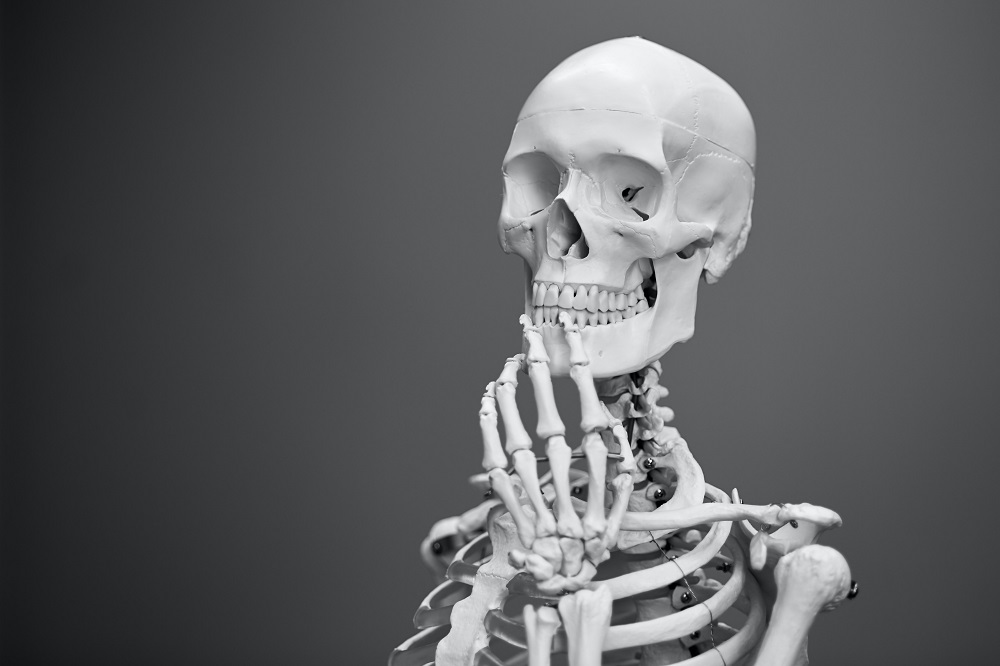1. What is Osteoporosis?
Osteoporosis is defined by the world health organisation as a disease characterised by low bone mass and microarchitectural deterioration of bone tissue, leading to enhanced bone fragility and a consequent increase in fracture risk. It is typically known as a silent disease, as it is often not picked up until it is too late and a fracture occurs.
2. What is Osteopenia?
Osteopenia is also known as low bone mass, this is the range between normal bone mass and osteoporosis. This is considered a warning zone for action to maintain and if possible build your bone mass.
3. Where are the common fracture sites of osteoporosis and how do they occur?
The most common fracture sites are the hip (which typically occur after a fall), spine (this type of fracture is normally an insufficiency fracture) and the wrist (these tend to occur earlier in life and can be the first sign of low bone mass).
4. How prevalent is Osteoporosis?
In Australia, 1 in 4 women over the age of 50 are osteoporotic and this grows to 1 in 2 women over the age of 80. In fact, 66% of Queenslanders over the age of 50 have low bone mass.
5. What happens to bone health over your life span?
Your bones rapidly grow during childhood and adolescents, so this is the most important time to build your ‘bone bank’, your bone mass continues to increase and consolidate until you hit peak bone mass which typically occurs by the time you hit 30 years of age. There is then a steady age-related loss of bone; this is greater in women than in men due to menopause. For women, around 40% of your peak bone mass is lost by the age of 80. Whereas, the lifetime loss in men is around 25% of your peak bone mass, the bone loss in men is a relatively steady process but it accelerates after 70 years of age.
6. How do I know if I have osteoporosis?
The gold standard measurement to diagnose osteoporosis is a DXA scan. The diagnosis of your bone health will be based upon a T-score. This score is essentially how many standard deviations your bone density is away from healthy young adult population average.
Normal = T-score of greater than -1
Osteopenic = T-score between -1 and -2.5
Osteoporosis = T-score below -2.5
The most common diagnostic scans are typically done at the hip and spine but sometimes the forearm as well if either of other regions has osteoarthritis or other joint conditions.
7. What are the risk factors for low bone mass?
Genetic predisposition is the most influential factor when it comes to bone health. However, there are modifiable risk factors including physical activity and diet.
The earlier you get onto improving your bone health the better.
8. Other than medication what can I do for my bone health?
Exercise is the only form of treatment that will help with maintaining or improving bone mass whilst also helping to improve balance and spatial awareness to reduce the likelihood of falls.
Optimising bone health in kids
The best time to build bone mass it prior to reaching skeletal maturity.
Peak bone mass is typically attained by the end of the third decade (bone over lifespan graph)
Multiple exercise interventions have shown improvements of bone mass and strength in children, adolescents and young adults.
Common misconceptions of resistance training
It’s not for older people…
False – it has recently been shown to be beneficial for bone mass, OA and, metabolic disorders.
If I lift weights it will make me bulky …
False – most women don’t entertain the idea of resistance training due to the idea of becoming ‘bulky’ or ‘masculine’ in shape
Risk of Low Impact Fracture
Minimal trauma fracture.
Have you ever wondered what the potential risk factors are for osteoporotic fracture?
There are both intrinsic and extrinsic factors relating to the risk factors of osteoporosis. Genetics dictate the majority of your bone strength but there are modifiable lifestyle factors which contribute to your overall bone health including physical activity and dietary factors.
Do you have any of the following?
- History of previous low trauma fracture
- Family history of osteoporosis or low trauma fracture
- History of falls or recurrent falls
- Recent loss of height
- Advancing age (greater than 50)
- Low physical activity levels
- Low calcium intake
- Low body weight
- Prolonged use of corticosteroids
- Diabetes (type 1 and 2)
If you are over 50 and are concerned about the above risk factors of osteoporosis please see your doctor for more information or a referral for a DXA scan to establish your bone mineral density.
OUR ONERO BONE BUILDING CLASSES
Call for more information – 5535 5218








